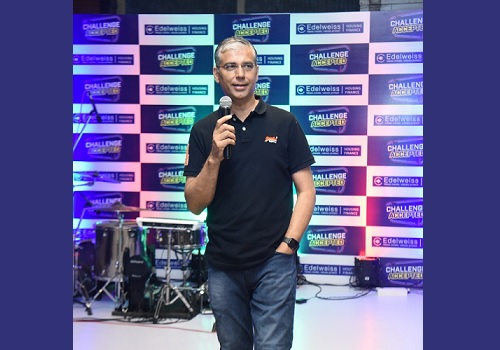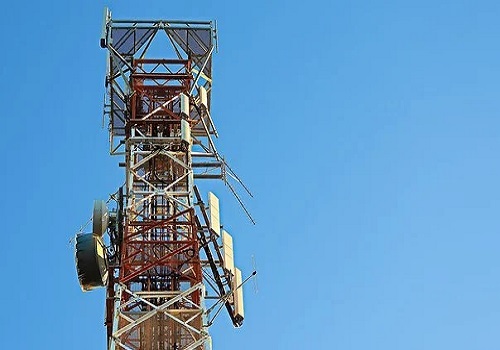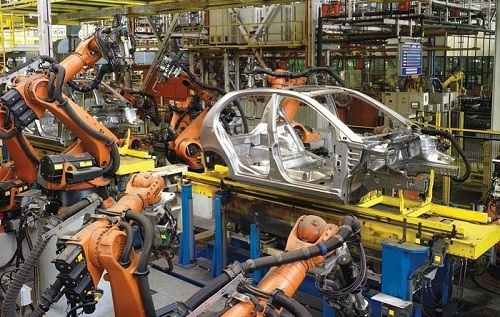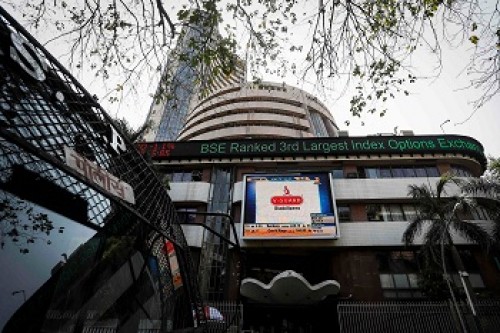Oil And Gas Sector Update : India’s New Energy Edge – Sun & Sand By Edelweiss Financial Services

Follow us Now on Telegram ! Get daily 10 - 12 important updates on Business, Finance and Investment. Join our Telegram Channel
India’s New Energy Edge – Sun & Sand
India is on the threshold of a generational shift. New Energy plans build on India’s advantage as the world’s lowest-cost PV base given locally abundant key ingredients: sun & sand. Upcoming largest & most integrated capacities globally shall revolutionise RE economics further, enabling green hydrogen production at one-fourth the cost of global levels.
To capitalise on a ~USD10tn opportunity, India’s leading companies have started transforming businesses into sustainable, circular and net-zero emissions. This shall spur growing returns over several decades as well as repurpose existing high-carbon generating assets to extend their economic life and earning capacity. We believe the market shall re-rate businesses even before earnings start accruing.
What is New Energy?
We refer to New Energy as the process of renewable energy (RE, primarily solar) generation, including green hydrogen (H2). It encapsulates the entire ecosystem from photovoltaic (PV) solar module manufacturing, RE generation, battery storage, electrolysers (for green H2 generation), and fuel cell manufacturing used in Fuel Cell Electric Vehicles (FCEVs), along with EPC solutions and low-cost green bond funding. New Energy shall assist India fulfil its lately enhanced COP26 pledge. According to CEEW-CEF, India needs USD10.1tn in investments for net-zero emissions by 2070.
PV modules, green H2: World’s lowest-cost in third-largest market
PV module prices have fallen off 64% globally, causing PV solar power cost to crash 85% over the past decade. India is the lowest-cost producer of PV modules (8% below even China) given locally abundant ingredients: sand and engineering skills. Notably, India is already the third-largest silicon (from sand) producer, which is the second-most abundant element (26% of earth’s crust versus 0.002% for lithium). India itself is the third-largest market (6% global share) for PV modules and the lowest-cost, and yet imports three–fourths of it. Similar to the Middle East, India sits in a low-cost geographic zone (sun) for green H2 generation. Its upcoming Giga factories along with their unmatched integration shall transform economics.
Green H2 to cut cost, extend life, drive re-rating; ride next-gen FCEV
India’s rollout of New Energy shall have diverse sector implications. i) Re-rating: Some polluting industries such as refining, city gas distribution and chemicals may turn net carbon-neutral, enhancing their longevity and enabling a valuation rerating. We feel Indian refiners shall be the earliest gainers.H2 cost (at ~one–fourth global levels) should bridge the USD1/bbl edge enjoyed by USA (gas-based H2). ii) Disruption may be inevitable for some other polluters – ICEbased vehicles, coal and upstream oil and perhaps even EVs (which are more polluting than FCEVs). FCEV economics may match battery-operated EVs and ICEs by 2030. iii) Acceleration: RE generation and battery storage shall gain impetus. Here’s a list of early movers: Tata Power, Reliance Industries, IOCL, HPCL, BPCL, Adani Group, L&T, NTPC, GAIL, Amara Raja, Exide, BHEL and Tata Motors.
To Read Complete Report & Disclaimer Click Here
Please refer disclaimer at https://www.edelweiss.in/disclaimer
SEBI Registration No. INH000000172
Above views are of the author and not of the website kindly read disclaimer










Tag News

Edelweiss Housing Finance and Standard Chartered Bank partner for Co-lending of Loan agains...
More News

Telecommunications Sector Update : Aug-23 TRAI subscriber data - Jio emerges as the major ga...





 320-x-100_uti_gold.jpg" alt="Advertisement">
320-x-100_uti_gold.jpg" alt="Advertisement">






